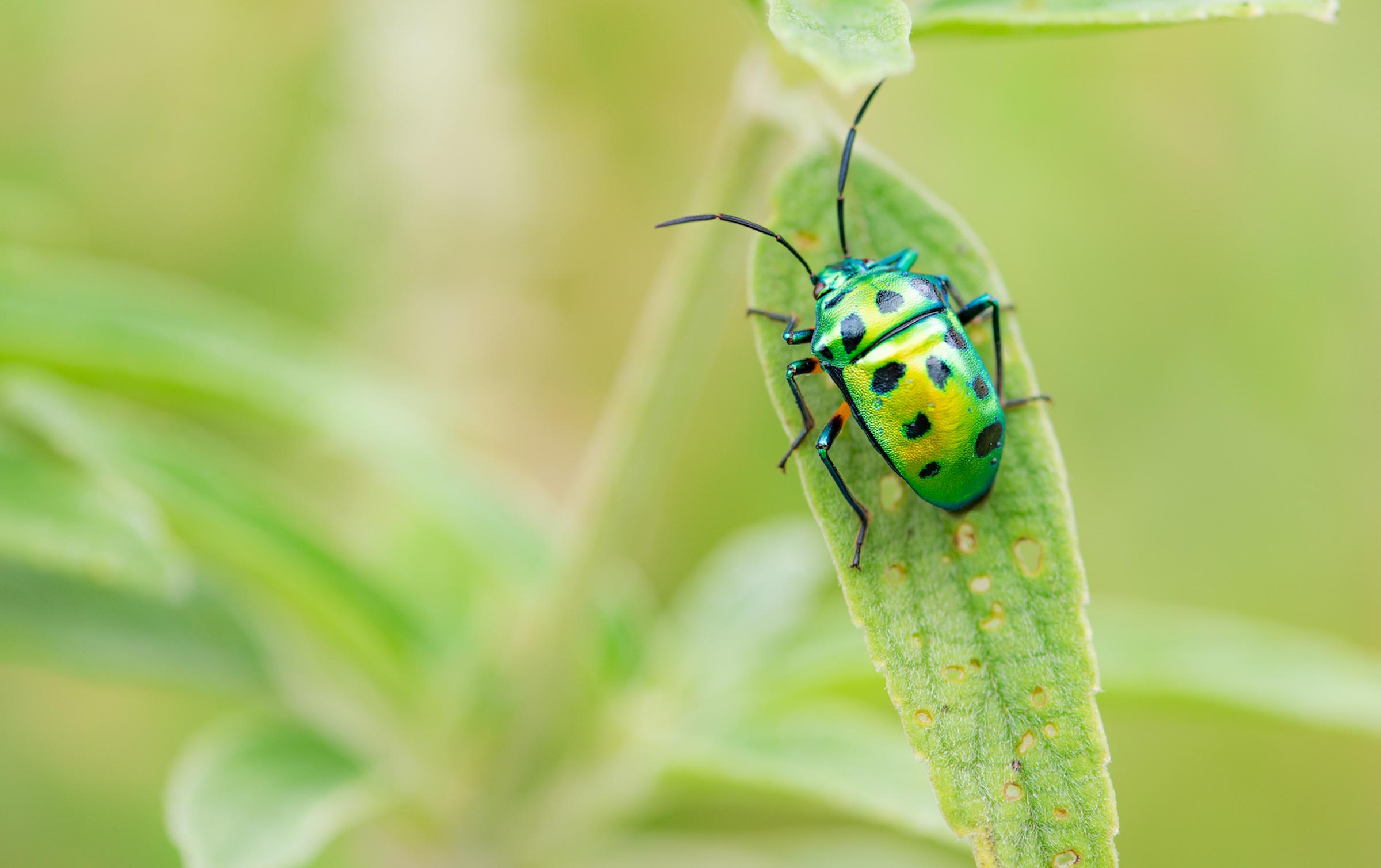Biology

Unit 1: How do organisms regulate their functions?
Students examine the cell as the structural and functional unit of life, from the single celled to the multicellular organism, including the requirements for sustaining cellular processes. Students focus on cell growth, replacement and death and the role of stem cells in differentiation, specialisation and renewal of cells. They explore how systems function through cell specialisation in vascular plants and animals, and consider the role homeostatic mechanisms play in maintaining an animal’s internal environment.
On completion of this unit, students should be able to:
- Explain and compare cellular structure and function and analyse the cell cycle and cell growth, death and differentiation
- Explain and compare how cells are specialised and organised in plants and animals, and analyse how specific systems in plants and animals are regulated.
- Design and undertake an investigation related to function and/or regulation of cells or systems
Unit 2: How does inheritance impact on diversity?
In this unit students explore reproduction and the transmission of biological information from generation to generation and the impact this has on species diversity. They apply their understanding of chromosomes to explain the process of meiosis. Students consider how the relationship between genes, and the environment and epigenetic factors influence phenotypic expression. They explain the inheritance of characteristics, analyse patterns of inheritance, interpret pedigree charts and predict outcomes of genetic crosses.
On completion of this unit, students should be able to:
- Explain and compare chromosomes, genomes, genotypes and phenotypes, and analyse and predict patterns of inheritance.
- Analyse advantages and disadvantages of reproductive strategies, and evaluate how adaptations and interdependencies enhance survival of species within an ecosystem.
- Investigate and communicate a substantiated response to a question related to an issue in genetics, reproductive science or adaptions beneficial for survival.
Unit 3: How do cells maintain life?
In this unit students investigate the workings of the cell from several perspectives. They explore the relationship between nucleic acids and proteins as key molecules in cellular processes. Students analyse the structure and function of nucleic acids as information molecules, gene structure and expression in prokaryotic and eukaryotic cells and proteins as a diverse group of functional molecules. They examine the biological consequences of manipulating the DNA molecule and applying biotechnologies.
On completion of this Unit, students should be able to:
- Analyse the relationship between nucleic acids and proteins, and evaluate how tools and techniques can be used and applied in the manipulation of DNA.
- Analyse the structure and regulation of biochemical pathways in photosynthesis and cellular respiration, and evaluate how biotechnology can be used to solve problems related to the regulation of biochemical pathways.
Unit 4: How does life change and respond to challenges?
In this unit students consider the continual change and challenges to which life on Earth has been, and continues to be, subjected to. They study the human immune system and the interactions between its components to provide immunity to a specific pathogen. Students consider how the application of biological knowledge can be used to respond to bioethical issues and challenges related to disease.
On completion of this Unit, students should be able to:
- Analyse the immune response to specific antigens, compare the different ways that immunity may be acquired and evaluate challenges and strategies in the treatment of disease.
- Analyse the evidence for genetic changes in populations and changes in species over time, analyse the evidence for relatedness between species, and evaluate the evidence for human change over time.
Design and conduct a scientific investigation related to cellular processes and/or how life changes and responds to challenges.
